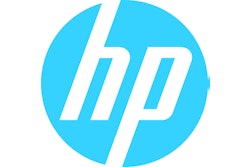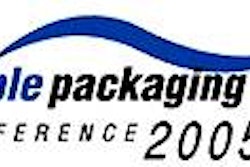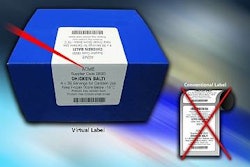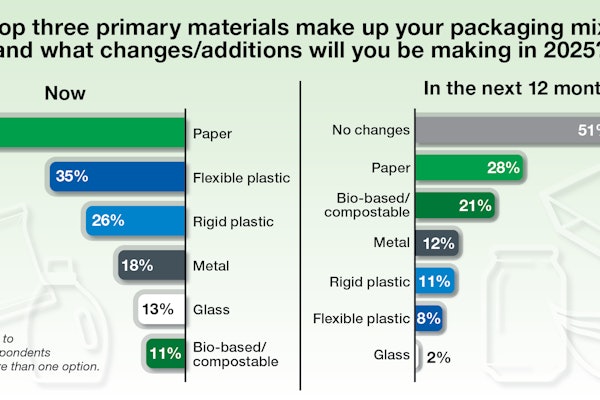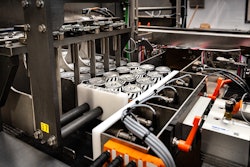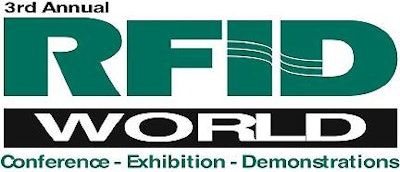
The enthusiasm was as high as the attendance at the RFID World 2005 conference sponsored by Shorecliff Communications. The annual, growing conference held in early March in Dallas, TX, drew 3000+, a gathering that boasted having the “best RFID minds in the world.”
It is becoming more and more apparent as retailer mandates solidify and expand, that we are living in an increasingly RFID-enabled world. And it is gaining momentum even as serious concerns are raised about hardware performance, privacy issues, payback, and other crucial issues.
“We’re already seeing results,” declared Linda Dillman (shown), Wal-Mart Stores’ executive chief information officer. “This technology has huge potential to help us all.” She cited the following statistics regarding the chain’s RFID efforts in the Dallas area:
One major plus Dillman noted: “There is ‘visibility’ within 30 minutes of movement,” she said, referring to the capability to track product. “We expect to have up to 600 stores and 12 distribution centers [RFID-enabled] by October 2005.”
Remarkably, Wal-Mart full-time staffing for its RFID efforts have swelled from an initial five people at the start to only nine associates, according to Dillman. That’s obviously not counting the dozens of technicians doing the RFID out in the warehouses.
HP’s view
Ian Robertson, Hewlett-Packard’s RFID program director, said the company, which first looked at RFID in 2002, found value with RFID even before retailer mandates were announced. “It’s important to understand your own operations,” he said. “Business operations skills are essential.” When HP first started its RFID program, read-rate errors were in excess of 30%. “Now our failure rate is below one percent,” he said. “And we have yet to not read a tag that we have successfully written.” This year, HP plans to move “RFID down into manufacturing. We’re happy with what we’ve seen in RFID.”
What about return-on-investment? Off-stage, even keynote speaker Mike O’Shea of Kimberly-Clark Corp., one of Wal-Mart’s Top 100, wondered about that. Director-corporate AutoID/RFID strategies & technology for K-C, O’Shea believes that ROI will come with critical mass, yet asks rhetorically, “Can anyone tell me what that volume is?” Meanwhile, K-C continues to expand its RFID efforts here and abroad. RFID Antenna will disclose more on K-C’s RFID program next month.
What about Gen 2?
With Gen 2 standards approved and manufacturers responding, the consensus is that the goal of faster reads and better tag performance is forthcoming. As is greater interoperability for tags and readers—“anyone’s tags will work with anyone’s readers,” said Texas Instrument’s director for UHF-retail supply chain, Tony Sabetti, adding “anywhere in the world—that’s the vision.”
Alien Technology’s data showed at least 15 vendors onboard Gen 1 standards compared to more than 25 committed to Gen 2, which bodes well for packagers and retailers using RFID.
Gen 2 and increasing tag volumes are steps toward the elusive goal of the 10-cent or less tag. RFID tag and reader vendor Alien Technology forecasts that in 2006 its Gen 2 Class 1 tags will be 7 cents each before manufacturing and converting costs are added. That would presume to lead to final costs well under 20¢ each; separately, RFID Antenna has learned that HP already is paying 22¢ apiece now for its Gen 2 tags.
Other intelligence:
EPCglobal US president Michael Meranda said, “a royalty-free convergence to a global interoperability standard isn’t the end goal, but rather low-cost, high-performance [tags and readers].” Based on what was heard here, that’s getting closer to becoming a reality.
RFID World 2006 is scheduled for late February next year. More intelligence from RFID World will appear in next month’s issue.
Editor’s note: Packaging World was a media sponsor for RFID World 2005.

